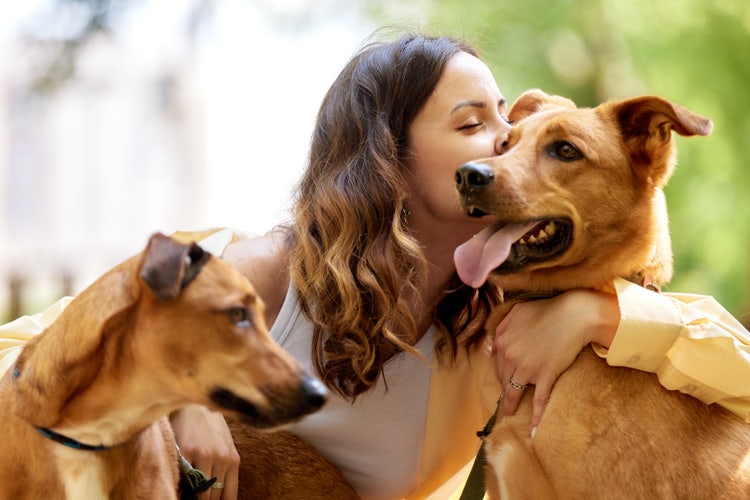
Leash Training for Adopted Dogs: A Step-by-Step Guide
Share
Leash training for adopted dogs can seem like a daunting task, especially for health-conscious pet owners who want to ensure their furry friends are both physically and mentally healthy. Understanding the unique needs of adopted dogs is crucial to ensure a smooth transition to their new home. In this guide, we will explore effective strategies and tips to make leash training a rewarding experience for both you and your adopted dog.

Understanding the Needs of Adopted Dogs
Adopted dogs often come with their own set of challenges, but with patience and understanding, these can be overcome. Many adopted dogs have histories that may include neglect or trauma. As a result, they may exhibit behaviors such as fear or anxiety, which can impact their ability to learn new skills like leash training.
Its important to approach leash training for adopted dogs with empathy and patience. According to this helpful guide, creating a safe and nurturing environment is essential. This foundation will not only make training easier but will also strengthen the bond between you and your dog.
Essential Tips for Successful Leash Training
Start with Basic Commands
Before starting leash training, ensure your dog understands basic commands such as sit, stay, and come. These commands will be invaluable during the training process. Training sessions should be short and positive, focusing on praise and rewards.
Choose the Right Equipment
Choosing the appropriate leash and harness is crucial. A well-fitted harness can make the training process easier and more comfortable for your dog. Avoid using retractable leashes during training as they can encourage pulling.
Gradual Introduction to the Leash
Introduce the leash to your dog in a relaxed environment. Let them sniff and explore it before attempting to attach it to their harness. This gradual introduction can help reduce anxiety and create a positive association with the leash.
Practice in a Controlled Environment
Start training in a quiet, familiar area with minimal distractions. This controlled environment allows your dog to focus and learn without being overwhelmed. Gradually introduce more distractions as your dog becomes more comfortable on the leash.
Common Challenges and Solutions
Leash training may present several challenges, especially for adopted dogs with past traumas. Here are some common issues and how to address them:
Pulling on the Leash
Dogs often pull on the leash due to excitement or anxiety. To address this, stop walking when your dog pulls and wait for them to return to a calm state before continuing. Consistency is key to eliminating this behavior.
Fear of the Leash
If your dog shows fear towards the leash, take a step back and reintroduce it slowly. Use treats and positive reinforcement to create a positive association. This process might take time, but patience is essential.
Distractions and Reactivity
Adopted dogs may react to other animals or people while on a leash. Training in a controlled environment will help mitigate this. Gradually increase the level of distractions as your dog becomes more adept at obeying commands.
Building a Strong Bond Through Training
Leash training is not just about teaching your dog to walk politely; its an opportunity to build a strong, trusting relationship. By understanding your dogs unique needs and providing consistent, positive reinforcement, you are creating a bond that will last a lifetime.
For more insights on how to help your adopted dog transition smoothly, check out this informative article on adopting dogs with special needs.

FAQs
Why is my adopted dog afraid of the leash?
Fear of the leash is common in adopted dogs due to past traumas or negative associations. Gradual introduction and positive reinforcement can help alleviate this fear.
How long does it take to leash train an adopted dog?
The time required for leash training varies depending on the dogs background and personality. Consistent, positive training can lead to success in a few weeks to a few months.
Can I train an older adopted dog?
Yes, older dogs can be trained with patience and consistent effort. Age is not a barrier to learning new skills or building a strong bond with your adopted dog. For more training tips, visit this resource.
Leash training for adopted dogs requires patience, understanding, and a commitment to creating a safe, nurturing environment. By following these steps, you can ensure your adopted dog enjoys their walks, leading to a healthier, happier life together.
This article contains affiliate links. We may earn a commission at no extra cost to you.
